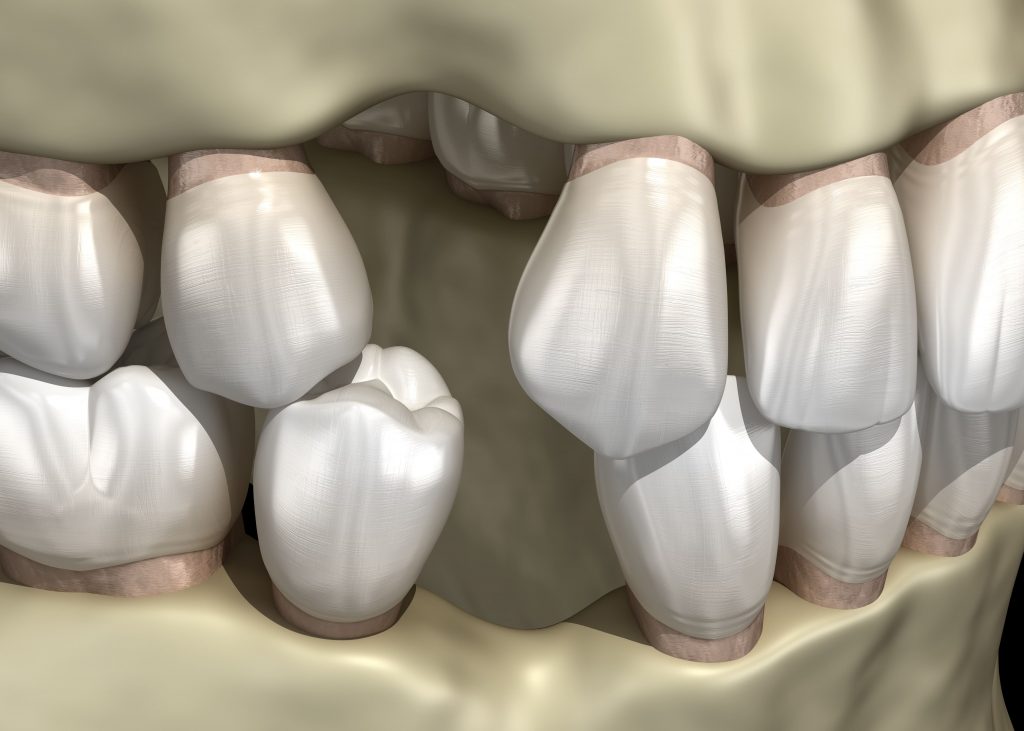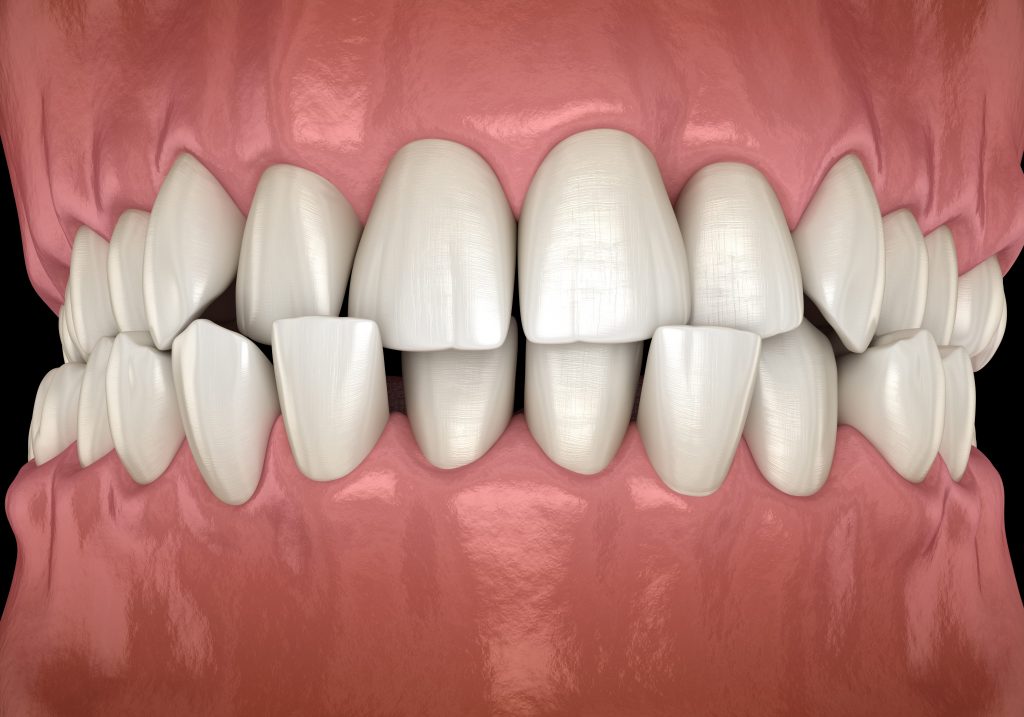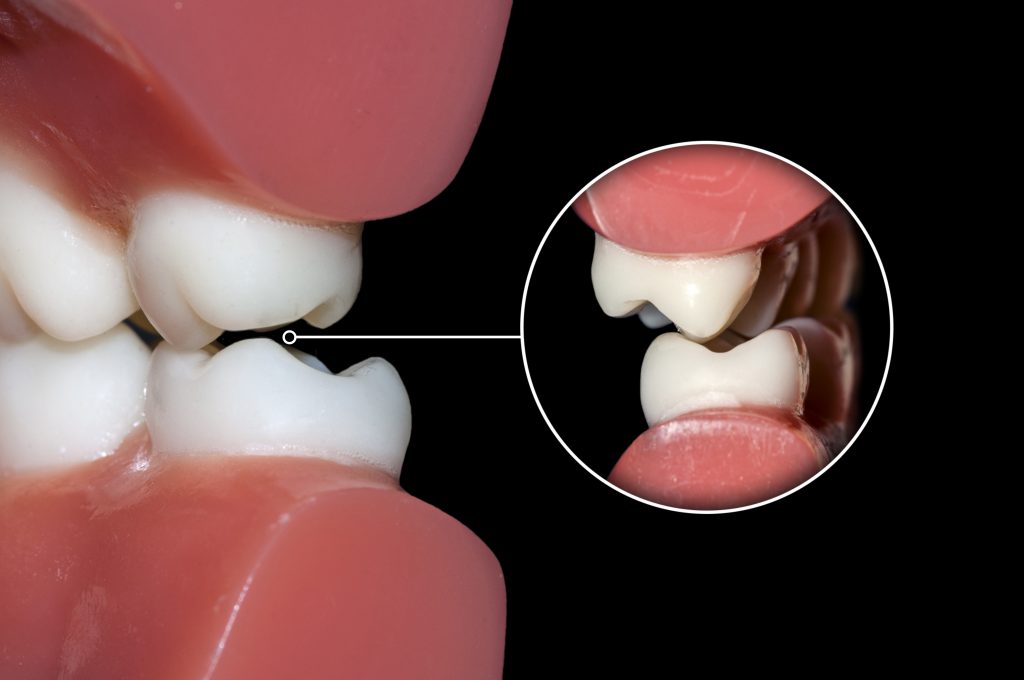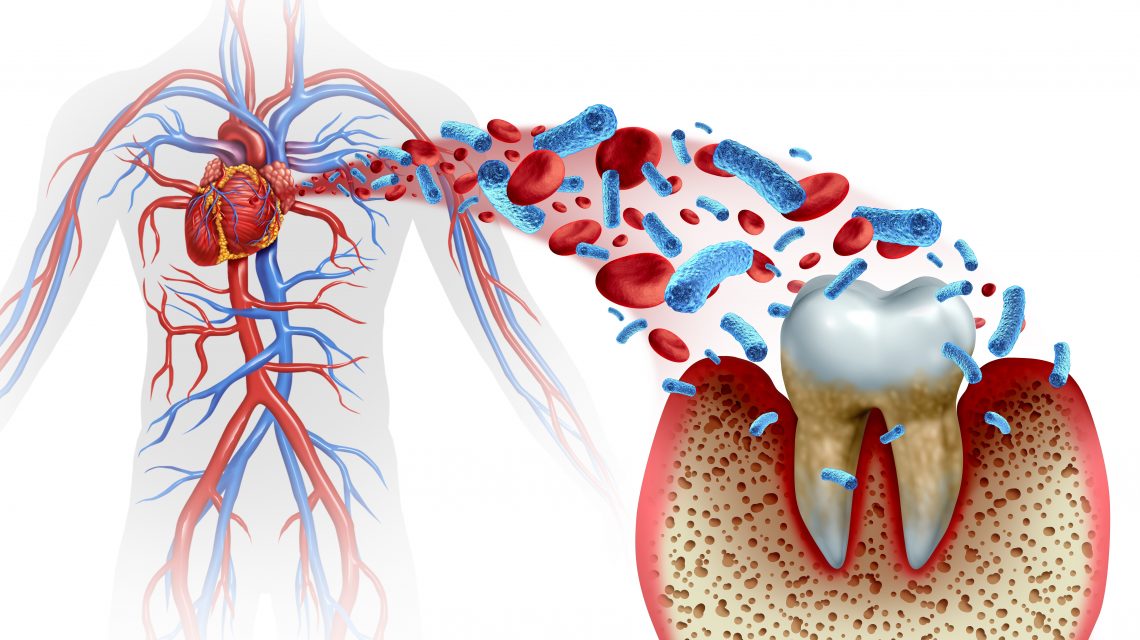TMJ Disorder & Bone Loss - how occlusion impacts bone health
TMJ patients are complex because they come with a multitude of different symptoms. Sometimes it’s very obvious: headaches, pain, clicking, popping, ear ringing, and other times there are very few symptoms but the damage to the joint or the teeth can be extensive.

One of the common signs I see that is often missed by dentists is localized bone loss. Most dentists and hygienists, when they see bone loss, they automatically assume that it must be that the patient is not brushing and flossing adequately at home. They will encourage the patient to take better care of their teeth, go over brushing, flossing, and other oral hygiene tips, but there is something that is so often missed when it comes to bone loss. Especially when it’s only on a few teeth.
Many people have heard the term malocclusion, especially when getting braces or aligners to straighten out their teeth. Malocclusion is a term used when teeth are not properly aligned. Occlusion refers to the alignment of teeth and the way the upper and lower teeth fit together - the bite. But malocclusion on a micro scale is a totally different issue.

When looking at obvious malocclusion like rotated or crowded teeth, one can see the esthetic and functional issues that result from this type of alignment, or lack of. But when teeth appear to fit together well, appear straight, even, and the bite seems fine, most clinicians ignore the micro-occlusion, or micro-malocclusion that may exist and if left untreated, cause severe damage, even loss of teeth, over time.
Tooth alignment is a complex and multi-layered subject and beyond the scope of this article. However, it is important to recognize that even the slightest mis-alignment can have devastating effects and attention to detail, especially when key signs are present, is critical to a correct diagnosis.
Localized bone loss (bone loss affecting one or few teeth) is a common sign of micro-malocclusion. When a couple of teeth are slightly off the correct angle, they hit each other either on an incorrect incline, or prematurely. When that occurs, force must be applied to close the bite completely in order for other teeth to touch. Studies of parafunction have shown that a displacement as low as 0.1mm can cause side-to-side movement of the teeth in contact and result in surrounding bone loss, especially in clenchers or bruxers. In addition, such displacement can recruit single motor units (SMU) within the Lateral Pterygoid (LP) Muscle, which is one of the stabilizers of the lower jaw, and since a large portion of the LP muscle is anaerobic and susceptible to fatigue. Even the smallest interferences are often the trigger for sore teeth, muscle pain, and localized bone loss.

Treatment of this is fairly simple once a correct diagnosis is achieved. Checking for and adjusting out the interferences so the teeth come into contact on biting down but not on sliding laterally will prevent further damage, and often eliminate the muscle pain caused by this interference.

Leaving this untreated, and telling the patient to brush better, is not recommended since the pockets created as a result of the bone loss can cause food impaction, which in turn leads to further and accelerated bone loss, and exponential damage to the surrounding bone and teeth. Such food impaction leads to increase in bacteria, which can travel through the bone and impact overall health. There have been countless studies that show a link between gum disease and heart disease, as well as many other health issues, and this is the type of bacteria that is related to gum disease. So leaving this untreated simply leads to long-term health concerns, and can also result in tooth loss.

